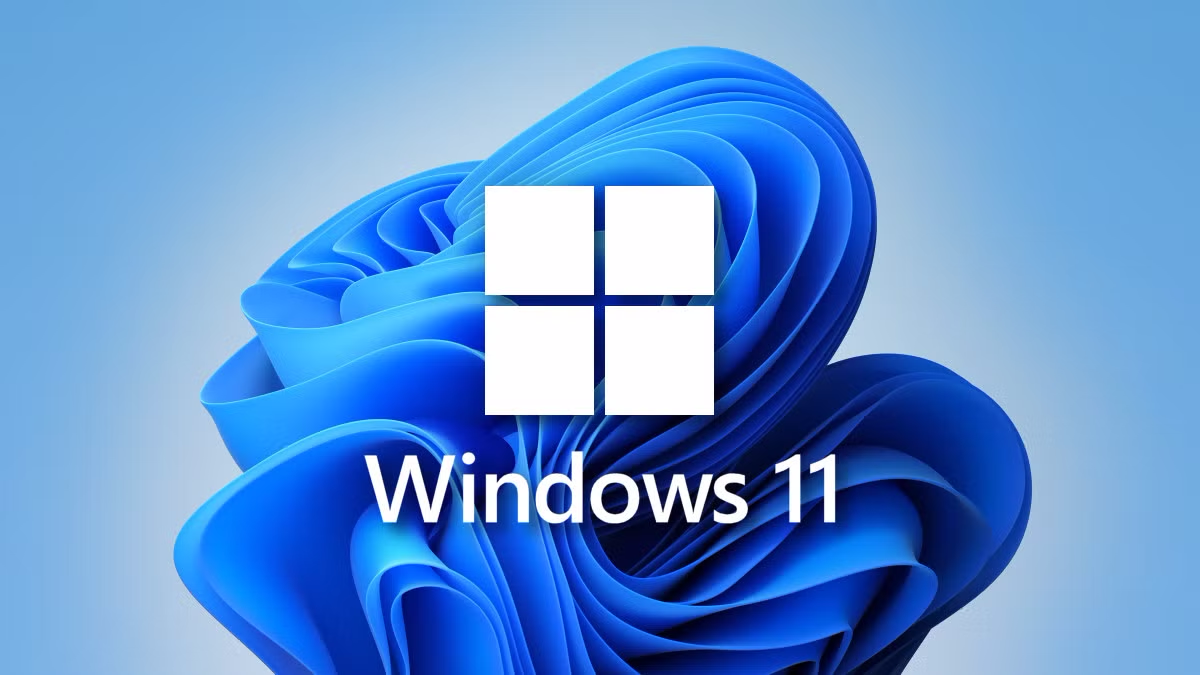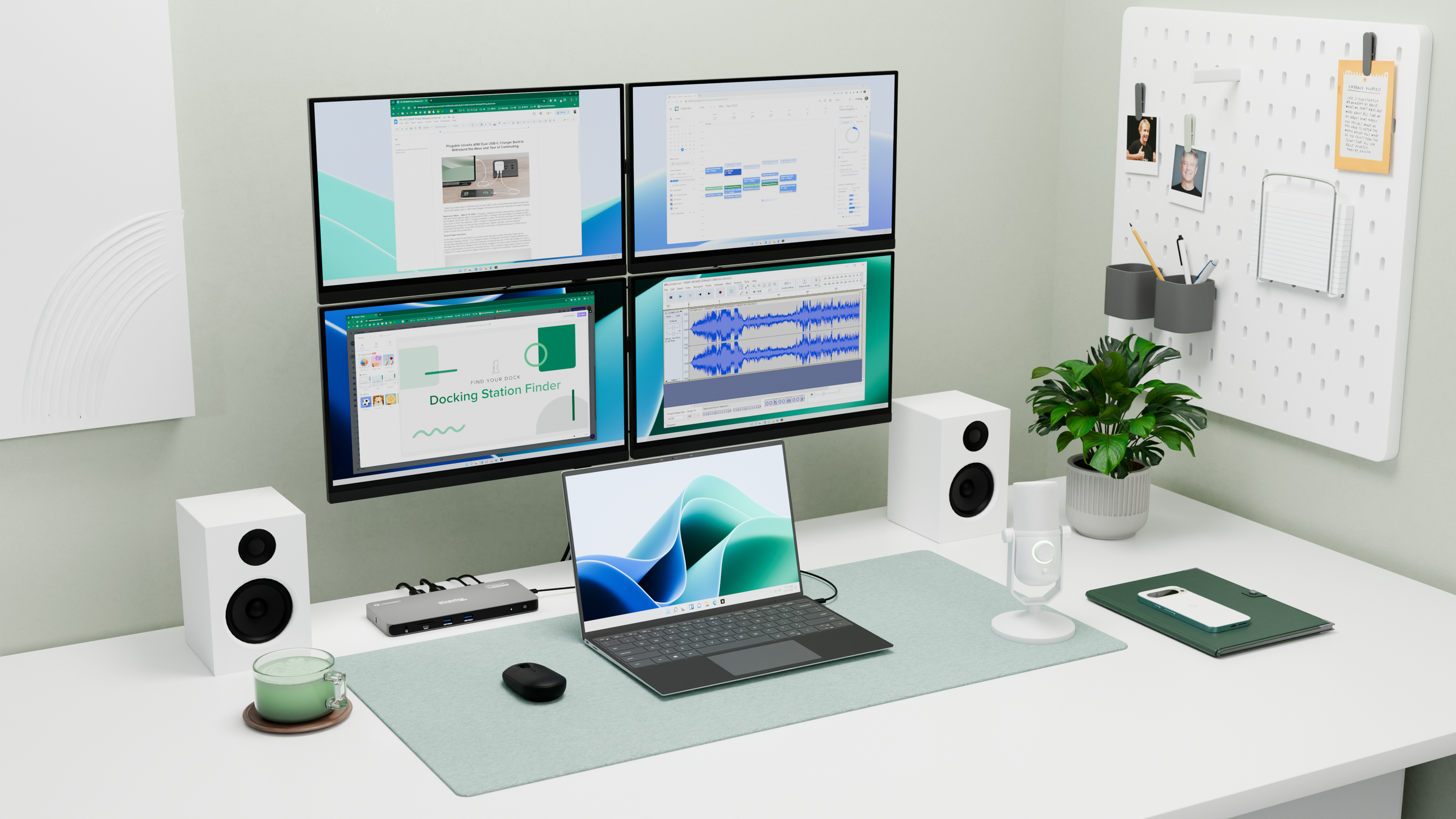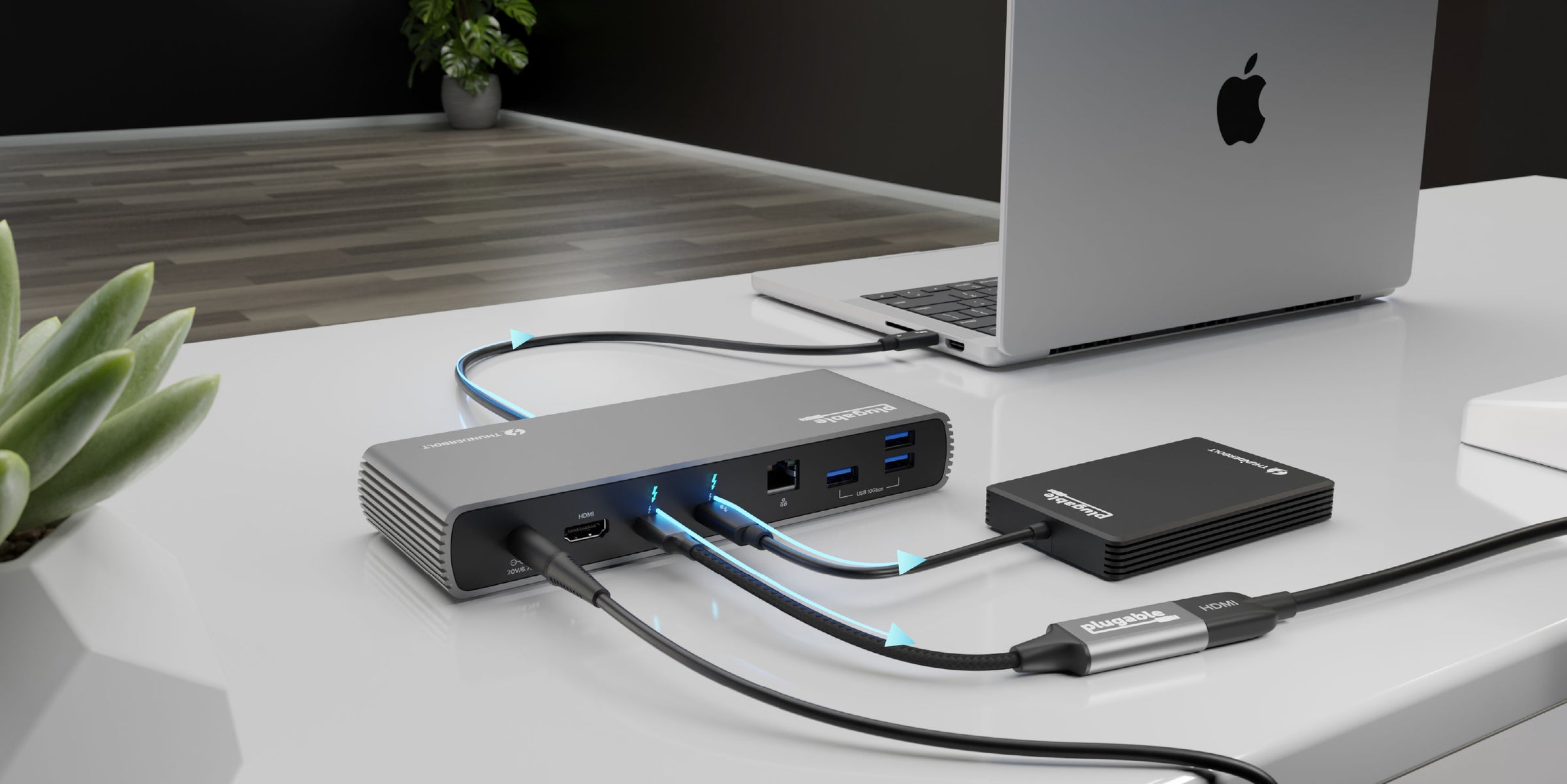Preparing for Windows 10 End of Support and A Path to Windows 11
Product Owners | November 11, 2024
While it didn’t make the front page of the New York Times, on December 5th, 2023 Microsoft made an announcement that would have a profound impact on the world of computing.
Support for Windows 10 would be ending on October 14, 2025.
The announcement itself wasn’t surprising, given that Windows 11 had already been on the market for over two years.
What was important is that Microsoft had drawn a proverbial line in the sand that meant for those who rely on Windows to run their business, substantial changes were headed their way.
Why? For the first time in quite a while, Microsoft made changes to the system requirements for Windows 11, which would prompt many organizations to upgrade their PCs.
To expand further, throughout the evolution of Windows in the modern era (think Windows 7, 8, 10) Microsoft would typically make relatively modest increases to the technical specifications a computer required (aka System Requirements) to run each version of the operating system.
With the release of Windows 11, Microsoft did a few things with their new System Requirements which they had not done before:

A.
For the first time, Windows 11 requires a computer with a 64-bit processor. Older computers with 32-bit processors were no longer supported.
Further to this, Microsoft provided a specific list of supported processors that was smaller than those for past versions → https://learn.microsoft.com/en-us/windows-hardware/design/minimum/windows-processor-requirements
This meant that many older PCs that were slower than their modern counterparts but still usable would not be able to upgrade.
B.
For the first time, Windows 11 requires a computer with a Trusted Platform Module (TPM) meeting version 2.0 of the standard.
In brief, a TPM is an internal hardware component that is dedicated to security (more information here → https://en.wikipedia.org/wiki/Trusted_Platform_Module)
TPMs had been around for several years prior to this change in System Requirements. However, they were often not included in PCs (especially those purchased by home users), or if they were, they may have been an earlier version of the TPM standard that is not supported by Windows 11, or they may not have been enabled by default (more information here → https://support.microsoft.com/en-us/windows/enable-tpm-2-0-on-your-pc-1fd5a332-360d-4f46-a1e7-ae6b0c90645c )
This meant that any computer that did not have a TPM (or the proper version of a TPM) would not be able to upgrade because this functionality typically cannot be added to a computer after it is manufactured.

Unfortunately, these new Windows 11 requirements mean that many organizations will have to purchase new PCs now or in the near future in order to be able to run the latest supported version of Windows.
With any change comes uncertainty, and those tasked with managing this transition must wade through a litany of technical details in order to determine what type of PC hardware will not only meet their current needs but also provide a level of expandability in the future that will result in the best return on their investment.
Often the primary focus when it comes to PC expandability is docking station compatibility. In most business environments (and many home environments), the use of a docking station has become commonplace due to the increased productivity docks can provide.
As one of the industry leaders in docking stations, Plugable knows all too well the challenges faced by IT managers when making purchasing decisions and setting standards, and what follows is a general guide that will help provide a path to success.
Our experience, having provided hundreds of thousands of docking stations to the computing space over the last 15 years, has demonstrated that the best practice when purchasing new PCs for Windows 11 is that the PCs support the Intel Thunderbolt 4, USB4, or upcoming Thunderbolt 5 standards.
Why? Simply put, as of this writing, those standards provide the highest level of performance and expandability. Investing in PC hardware that leverages those capabilities will provide the best end-user experience and return on investment.
To expand further, Thunderbolt 4 & 5 and USB4 are interfaces that provide not only the ability to transfer data at exceptionally high speeds but also the ability to charge the host computer and drive multiple external displays using the USB Type-C connector, which has become a de facto standard.
These interfaces allow the PC to be turned ‘inside out’ so that peripherals that could previously only have been added internally can now be connected externally. This flexibility and standardization on one physical connector type introduces a multitude of options for docking station solutions.
Plugable endeavors to serve this market with a variety of Thunderbolt 4 and USB4-based docking stations, such as:
TBT-6950PD Thunderbolt 4 + DisplayLink Quad Display Docking Station
TBT4-UDZ Thunderbolt 4 Quad Display Docking Station
TBT4-UD5 Thunderbolt 4 Dual Display Docking Station
But what if purchasing Windows 11 PCs with Thunderbolt or USB4 isn’t possible?

Plugable can also provide universal docking station solutions based on USB video technology by DisplayLink or Silicon Motion, allowing external displays to be added to PCs using a USB data connection. This unique capability allows external displays to be added to a PC in cases where it previously may not have been possible.
Examples of some DisplayLink and Silicon Motion-based docking stations are:
Non-charging docking stations
UD-3900 USB 3.0 Dual Display DisplayLink Docking Station
UD-3900H USB 3. Dual Display Horizontal Docking Station
UD-6950Z USB 3.0 Dual 4K Display DisplayLink Docking Station
Host charging docking stations
UD-768PDZ USB-C Triple Display Silicon Motion Docking Station
UD-ULTCDL USB-C Triple Display Docking Station
UD-ULTC4K USB-C Triple 4K Display DisplayLink Docking Station
UD-6950PDH USB-C Dual 4K Display DisplayLink Docking Station
In summary, the discontinuation of support for Windows 10 and the new era of Windows 11 will result in large numbers of PCs being replaced in the near future. When making a new purchasing decision, whether for one computer or many thousands, choosing a new PC that supports Thunderbolt or USB4 will provide the best compatibility and performance with Plugable docking station solutions.
For those cases where Thunderbolt or USB4 systems may be outside the budget, Plugable offers docking station products based on DisplayLink and Silicon Motion technology that can provide alternatives.
Choosing the Plugable brand will help ensure that you receive the best quality products supported by a company with the reputation for providing the highest level of customer support via our North American staff, in keeping with our mantra of better products, better people, and better support.
View Other Articles in Category
Related Articles
- How to Choose Between a Docking Station and a Hub
- Head-to-Head: Plugable UD-ULTC4K vs. Dell WD19S
- ASUS ROG Strix G16 with Thunderbolt 5: Tested with Plugable Docks & Peripherals
- USB4 vs. Thunderbolt 4: Who Sets the Rules, What’s Guaranteed, and How Cables Get Certified
- Head-to-Head: Plugable UD‑6950PDZ vs Lenovo 40AF0135US - Which Dock Wins for Hybrid Work?


Loading Comments